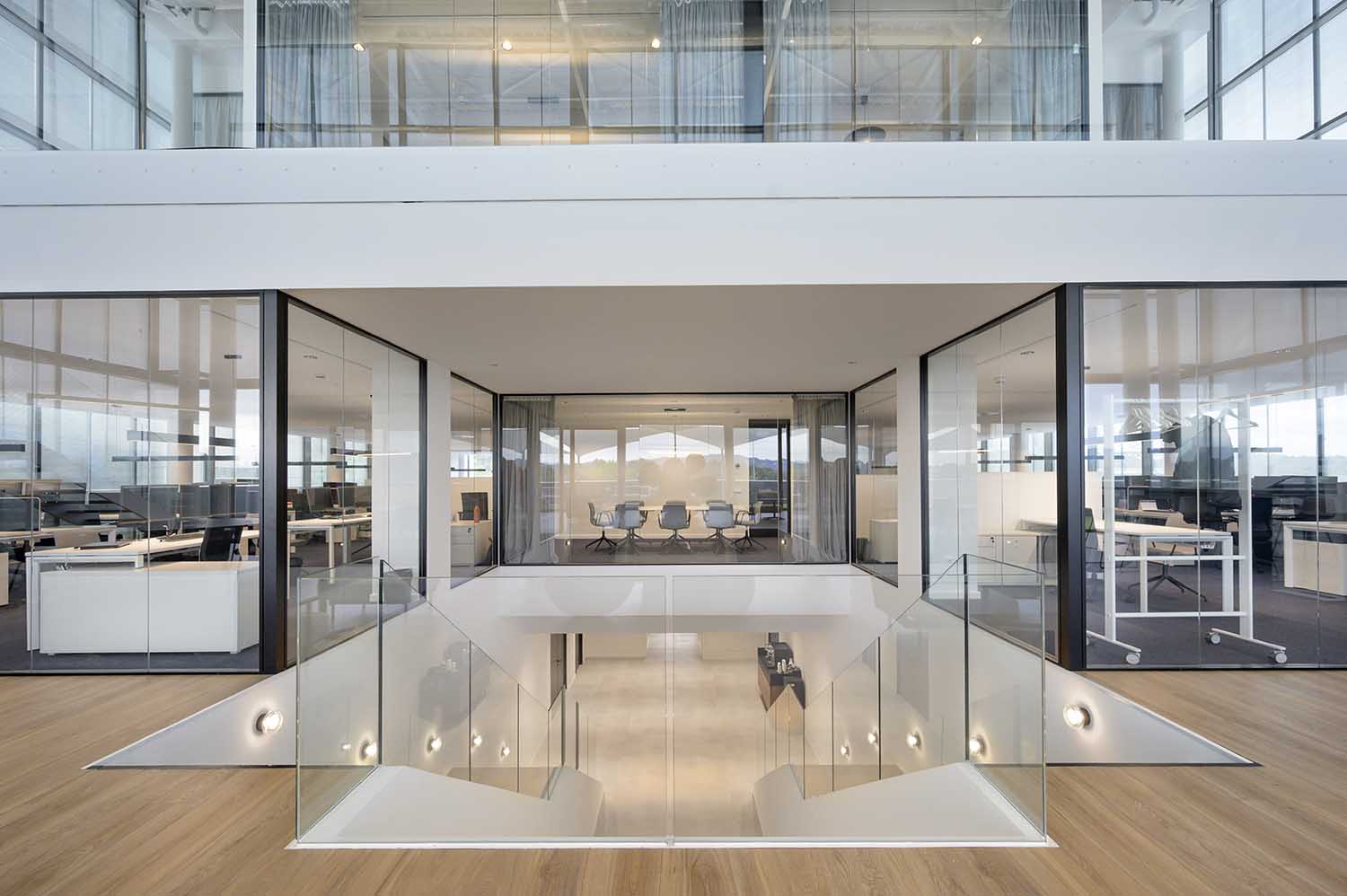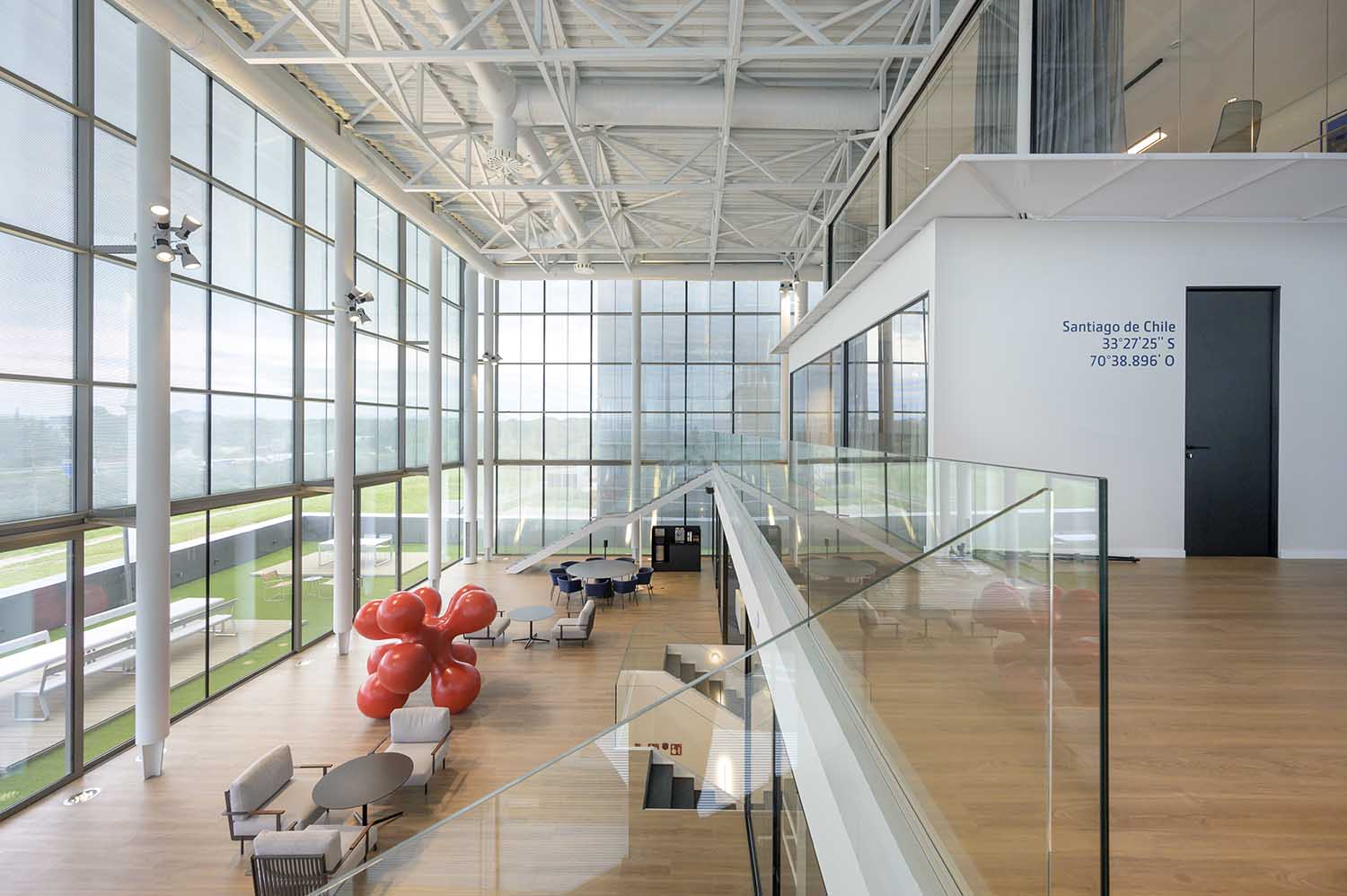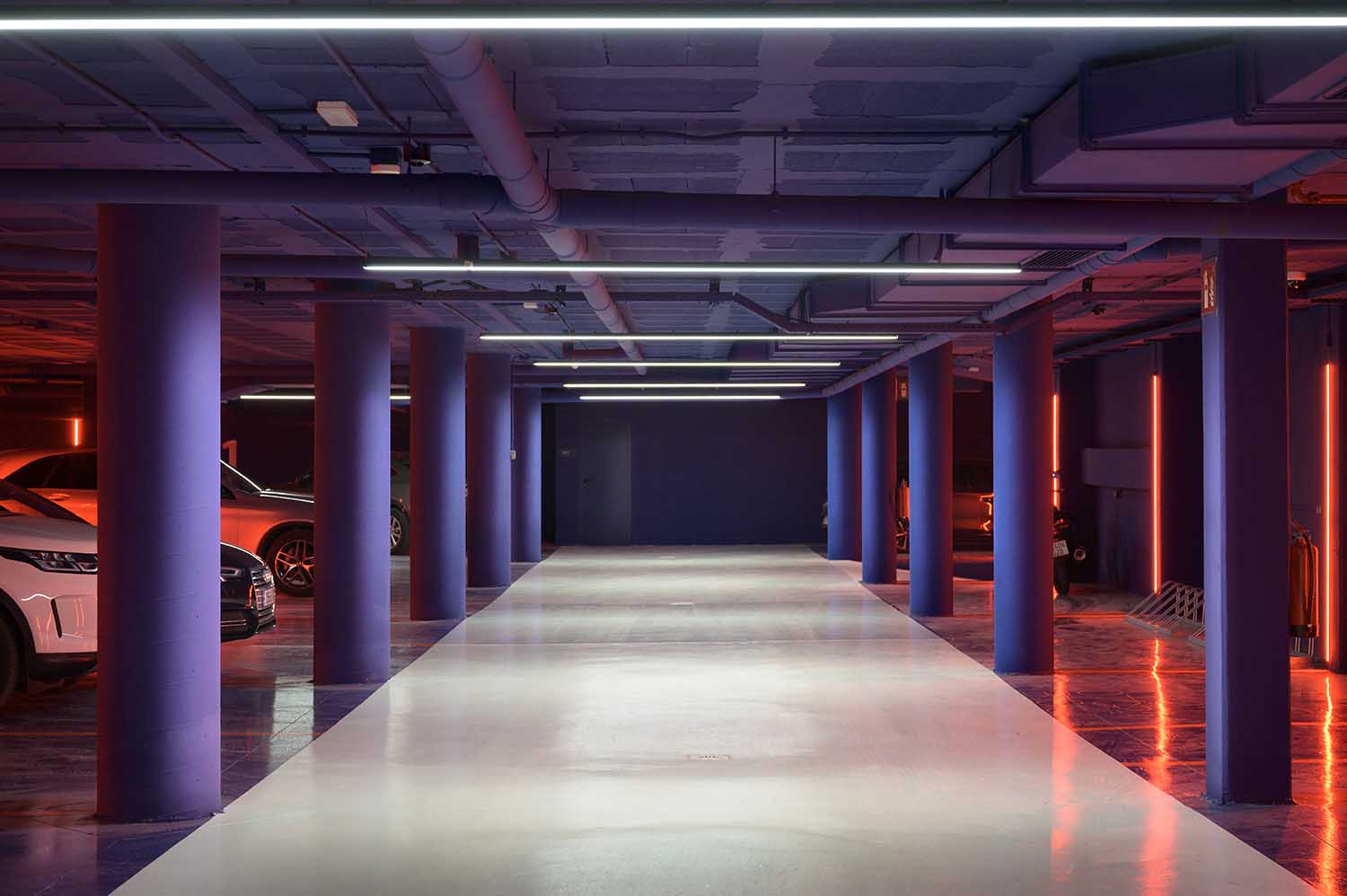
Ecological sustainability has never been more essential in our world today, with a prominent manifestation being eco-friendly designs. Especially in commercial infrastructure, innovative and eco-friendly designs offer ways to lessen environmental harm, drive energy efficiency, and foster a healthier living environment for the future. As our planet continues to grapple with environmental challenges, the need for innovative strategies to implement these eco-conscious designs is becoming crucial. This article provides a comprehensive discussion on this topic, beginning with a rundown on eco-friendly designs in commercial settings, innovative strategies for implementation, and the roles architects and designers play. We’ll also explore the environmental and economic impacts, delving into possible future trends.
Understanding Eco-Friendly Designs in Commercial Infrastructure
In the context of commercial infrastructure, spanning everything from sophisticated office blocks to bustling shopping centres, the notion of eco-friendly design has emerged as a beacon of responsible progress. It’s all about crafting structures that function like ecosystems, where every element plays a crucial role in promoting sustainability. These eco-forward designs embrace innovative technologies like solar panels to harness the sun’s energy, thus reducing carbon footprints. They prioritise natural light optimisation to create a pleasant ambiance and minimise the need for artificial lighting, leading to energy conservation. Rainwater harvesting systems are strategically incorporated, a savvy move to mitigate water wastage and support environmental wellness. Additionally, upgrade to LED initiatives are sweeping across commercial infrastructure, resulting in energy-efficient lighting systems that reduce electricity consumption and related costs. The benefits extend beyond environmental preservation; they include substantial financial perks like lower energy bills and an enhanced brand reputation.
However, the path to achieving these sustainable marvels has its challenges. The road to integration can be a thorny one, often characterised by the daunting initial capital required to implement such cutting-edge technologies. Additionally, needing more technical expertise and knowledge can make it a bumpy ride. Still, as more and more businesses and institutions commit to the cause of eco-friendly design, the journey towards sustainable commercial infrastructure is steadily becoming more accessible. Ultimately, the rewards for resource efficiency, waste reduction, and minimised environmental impact are worth the effort. These designs promise a brighter, cleaner future for our commercial landscapes and demonstrate the potential for business and sustainability to coexist harmoniously.

Innovative Strategies to Overcome Implementation Challenges
The key to surmounting these obstacles lies in innovation, and technology stands at the forefront of this progressive transformation. For example, cutting-edge software programs have revolutionized the way we approach eco-friendly designs in commercial infrastructure. These tools enable architects and engineers to model and assess the environmental impact of their design choices with unprecedented precision.
Additionally, governmental support proves to be a pivotal force in driving the adoption of eco-friendly infrastructure. Policies and regulations, when thoughtfully crafted, can incentivise and accelerate the transition towards sustainability. Initiatives such as tax rebates and grants offer financial incentives to businesses and organizations that embrace eco-friendly designs, making the initial capital investment more manageable and attractive. These incentives not only alleviate financial burdens but also reinforce the importance of sustainable practices, contributing to the broader shift towards a greener and more environmentally responsible future for commercial infrastructure.
Role of Architects and Designers in Implementing Eco-Friendly Designs
Architects and designers are change-makers in this arena, with their creativity and innovation being the driving force behind eco-designs. Their work includes making green choices in materials, opting for energy-efficient appliances, and maximising natural light sources. However, the need for continuous upskilling and training of these professionals is instrumental in staying current with eco-design advancements and innovations. This commitment to learning and adaptation empowers architects and designers to push the boundaries of sustainability, creating structures that not only meet the needs of today but also contribute to a greener and more environmentally responsible future.
Economic and Environmental Impact of Eco-Friendly Commercial Infrastructure
Eco-friendly commercial infrastructures wield a dual impact, profoundly shaping both the environment and the economy. From an environmental standpoint, these designs significantly reduce the carbon footprint of commercial infrastructures; they wield the power to significantly slash the carbon footprint of these structures, championing sustainability and mitigating the detrimental effects of urban development. Economically, these ecosystems generate appeal to increasingly eco-conscious customers, paving the way for potential business growth. Extra expenses anticipated in the initial stages can be counterbalanced by long-term cost savings acquired through energy efficiency.

The Future of Eco-Friendly Designs in Commercial Infrastructure
As technology advances, expect to see more and more unknown horizons for eco-design in commercial infrastructure. Innovations in energy consumption and renewable resources like solar and wind energy provide just a glimpse into the possible future. Additionally, the global shift toward sustainability has the potential to propel the eco-design market to new heights.
In conclusion, the implementation of innovative strategies for eco-friendly designs in commercial infrastructure has far-reaching implications for our planet. It reinforces the critical role that architects, designers, and infrastructure policy makers play in developing a sustainable future. As mankind pushes the boundaries of technological advancements, it’s vital that eco-friendly designs evolve, aiming for the loftiest environmental, economic, and societal benefits. With all that said, there’s a sense of anticipation as we await the bright and sustainable future of commercial infrastructure design.
Images from Denys & Von Arend designs Oca Global Headquarters – See the full story here



